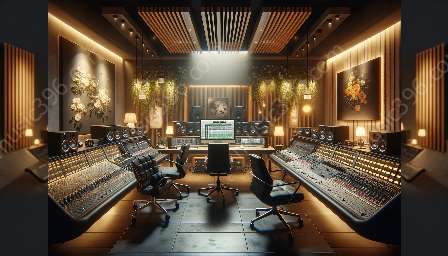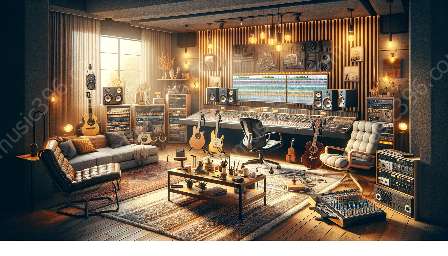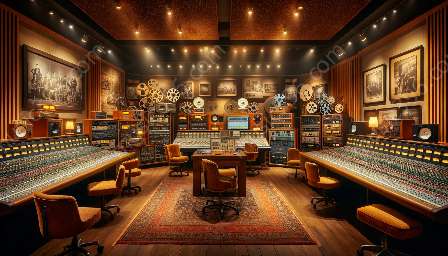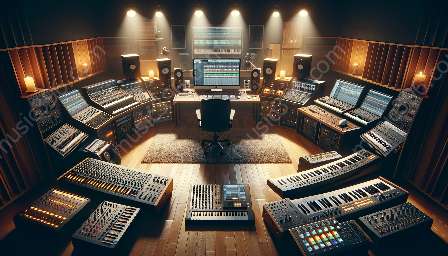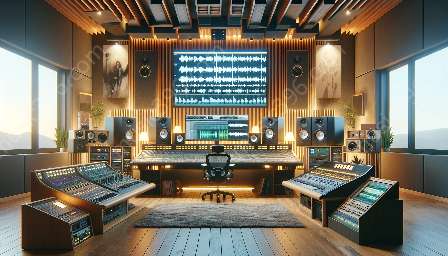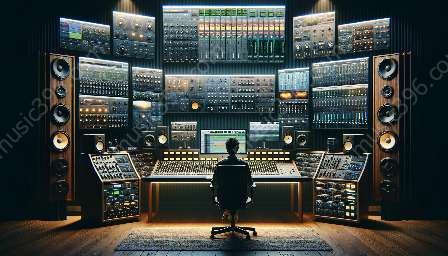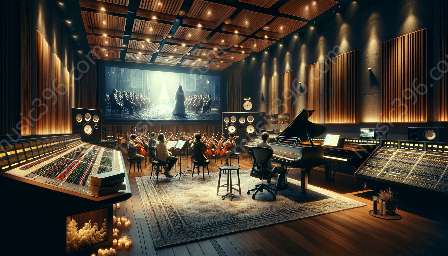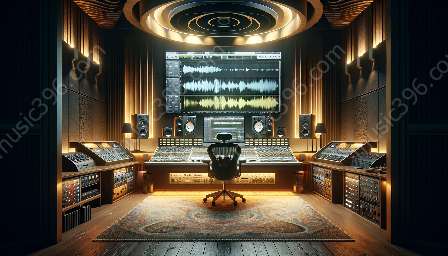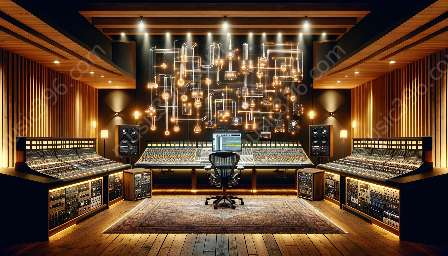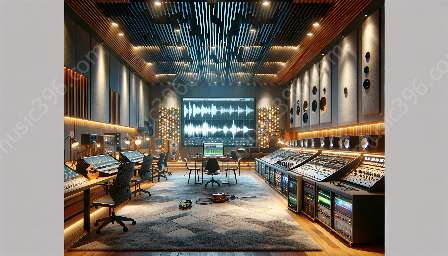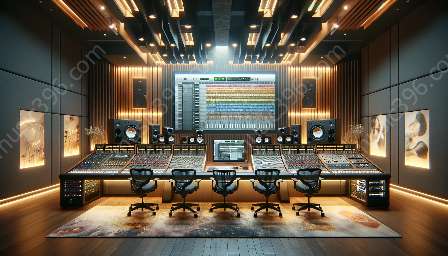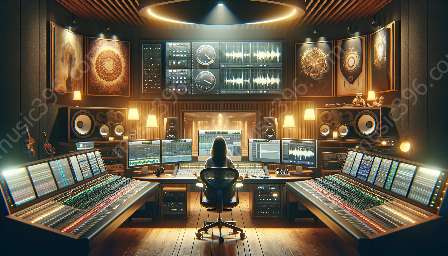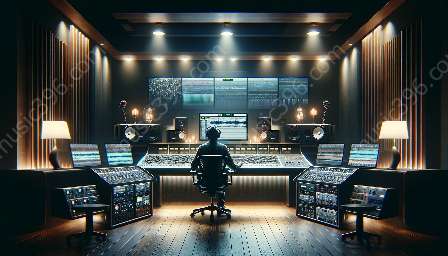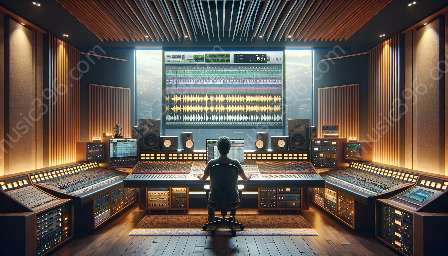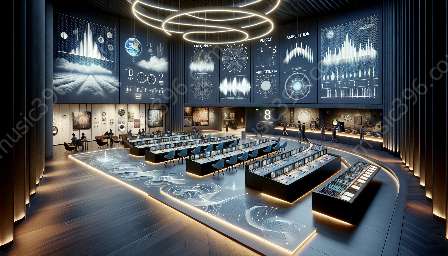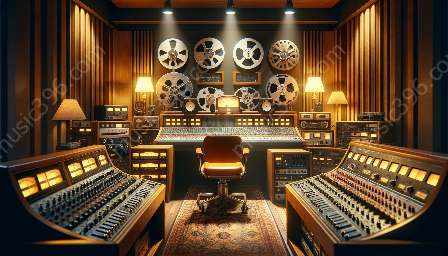MIDI (Musical Instrument Digital Interface) has revolutionized the way music is produced, composed, and performed. Its widespread adoption has enabled musicians, producers, and engineers to harness its capabilities in a myriad of applications within music production. In this comprehensive guide, we will explore the myriad of ways MIDI can be applied in music production and its compatibility with MIDI recording and music recording technologies.
The Evolution of MIDI
The introduction of the MIDI standard in 1983 marked a pivotal moment in the history of music technology. MIDI provided a universal language for electronic musical instruments, computers, and related devices to communicate and synchronize with each other. This standardization allowed for seamless integration of different musical tools, leading to a significant transformation in music production processes.
MIDI Applications in Music Production
1. Instrument Control and Performance
One of the primary applications of MIDI in music production is controlling electronic and virtual instruments. Through MIDI, musicians can send control signals to synthesizers, samplers, and other MIDI-enabled devices, allowing for expressive and dynamic performances. MIDI controllers, such as keyboards, pads, and electronic drums, have become integral tools for musicians and producers to create and manipulate sounds in real time.
2. MIDI Sequencing and Composition
MIDI sequencing software enables users to record, edit, and arrange musical notes and events in a digital environment. This application has revolutionized the composition process, offering unparalleled flexibility and precision in creating musical arrangements. With MIDI, composers and producers can easily manipulate tempo, key, and instrumentation, making it an essential tool for creating intricate and complex compositions.
3. Automation and Control Data
MIDI facilitates the automation of various parameters within music production software, including volume, panning, and effects. This level of control allows for precise manipulation of sound and dynamics, enabling producers to create nuanced and polished tracks. Additionally, MIDI control data can be used to synchronize visual elements, lighting, and stage effects during live performances, enhancing the overall multimedia experience.
4. Virtual Instrument Integration
The use of MIDI in music production extends to integrating virtual instruments and software synthesizers. MIDI allows for seamless communication between digital audio workstations (DAWs) and virtual instruments, providing producers with access to an extensive library of sounds and timbres. This integration has expanded the sonic palette available to musicians, enabling them to explore diverse musical textures and tones.
5. Film Scoring and Multimedia Production
MIDI plays a crucial role in film scoring and multimedia production, offering composers and sound designers the ability to create dynamic and immersive soundtracks. By leveraging MIDI, composers can synchronize music with visual elements, manipulate sound effects, and precisely time musical cues, contributing to the emotional impact and narrative coherence of the audiovisual experience.
Compatibility with MIDI Recording and Music Recording
When it comes to MIDI recording, MIDI has become the standard protocol for capturing musical performance data in a digital format. Whether it's recording the expressive nuances of a live keyboard performance or capturing the precise timing of drum patterns, MIDI recording offers unparalleled flexibility and editability. Additionally, MIDI recording seamlessly integrates with music recording technologies, allowing for the synchronization of MIDI-triggered events with audio recordings, thereby enhancing the overall sonic landscape of a production.
In the realm of music recording, MIDI complements traditional audio recording by providing composers and performers with the means to manipulate and enhance recorded audio. From aligning instrumental performances to correcting pitch and timing errors, MIDI facilitates a range of post-production processes that contribute to the refinement and perfection of recorded music.
Conclusion
In conclusion, MIDI has become an indispensable tool in music production, offering a wealth of applications that fuel creativity and productivity. From shaping musical performances to composing intricate arrangements, MIDI continues to push the boundaries of what is possible in music creation and production. Its compatibility with MIDI recording and music recording technologies further enhances its value, ensuring that MIDI remains a cornerstone of modern music production.



